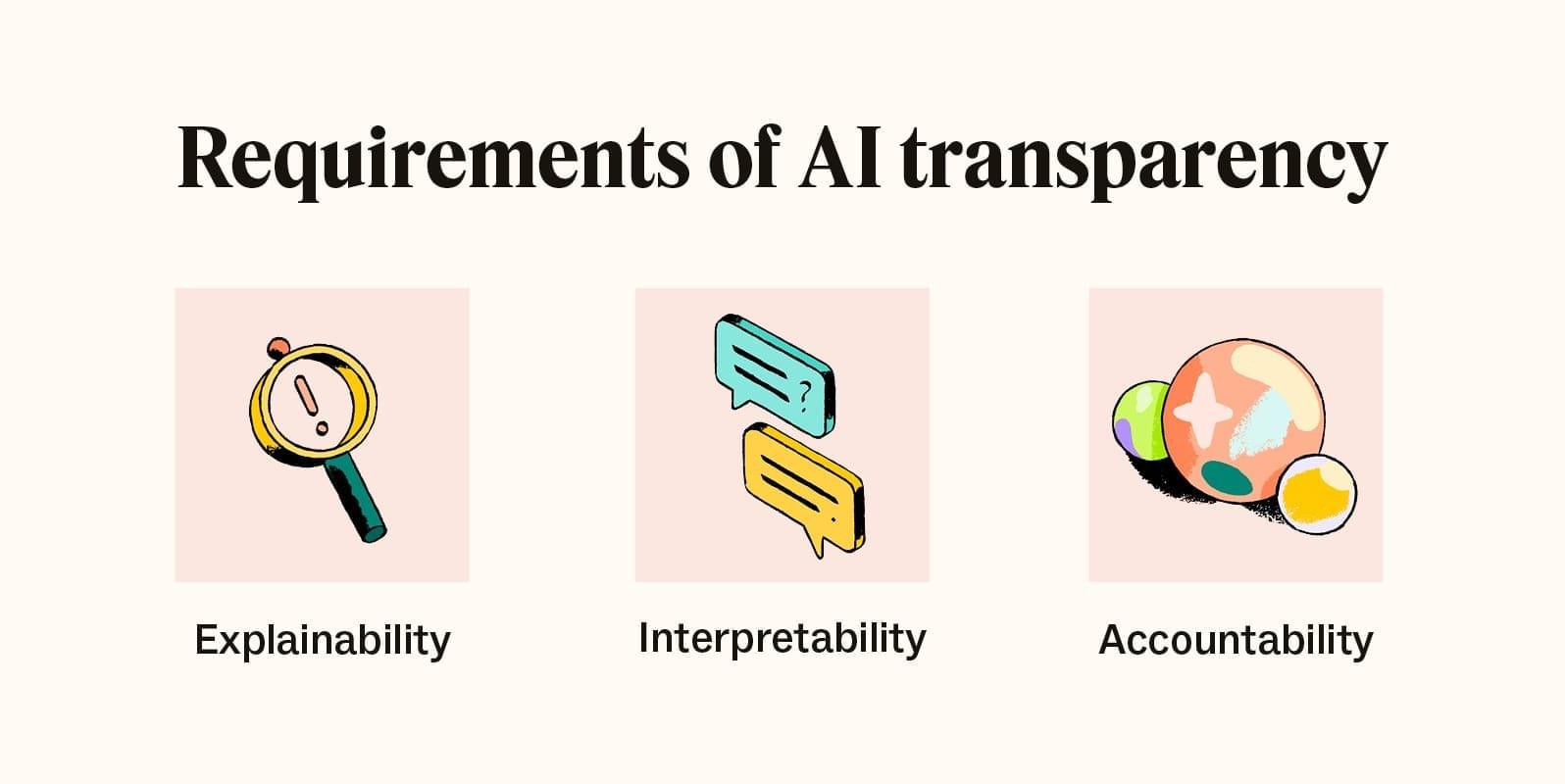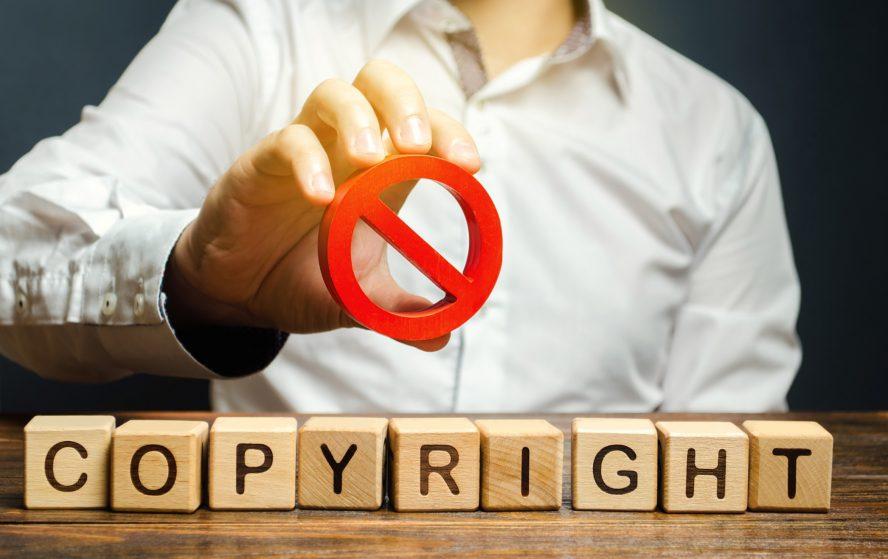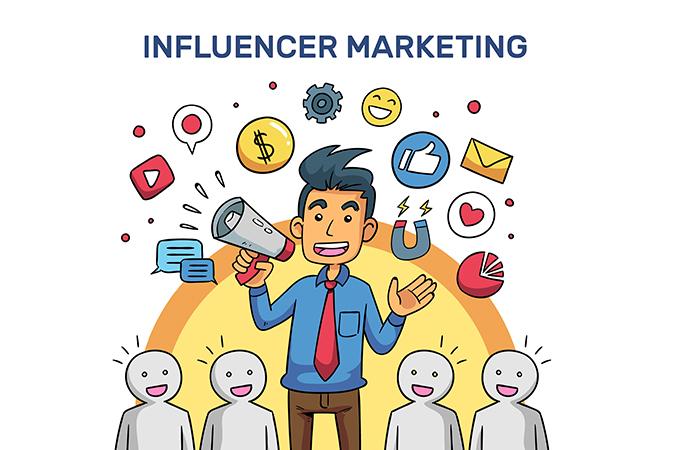
in an age where digital influence reigns supreme, YouTube has emerged as a dynamic platform for brands and creators alike, paving the way for an innovative marketing landscape. With millions of eyes glued to the screen, the allure of influencer marketing is undeniable.However, before diving into this vibrant world, brands must navigate a complex web of legal considerations that can often feel like a labyrinth. From disclosure requirements to copyright issues, understanding the legal intricacies of influencer partnerships is crucial for both marketing success and compliance. In this article, we will unravel the legal maze of YouTube influencer marketing, providing clarity and guidance for brands eager to harness the power of this digital phenomenon while safeguarding their interests. Join us as we explore the essential rules and best practices that govern this evolving field, ensuring your brand can thrive in the spotlight while adhering to the law.
Understanding the legal Landscape of influencer Marketing
In the fast-paced world of influencer marketing, understanding the legal requirements is crucial for both brands and creators. As the relationship between influencers and their audiences deepens, regulatory bodies have heightened scrutiny on how these partnerships are disclosed. It is vital for influencers to adhere to guidelines established by entities like the Federal Trade Commission (FTC) in the U.S., which mandates clear communication regarding sponsored content. Essential compliance steps include:
- Clear Disclosures: Using hashtags like #ad or #sponsored at the beginning of a post.
- Transparency: Ensuring audiences know when content is paid for or incentivized.
- Honesty in Endorsements: Providing genuine experiences and avoiding false claims about products.
Moreover, brands should safeguard their interests by drafting robust contracts that articulate the expectations and responsibilities of all parties involved. This legal framework not only protects against potential disputes but also fosters a trustworthy environment for audience engagement. Elements to include in such contracts are:
| Contract Element | Description |
|---|---|
| scope of Work | Clearly define the deliverables, platforms, and duration of the collaboration. |
| Payment Terms | Outline compensation structures, including royalties or flat fees. |
| Content Ownership | Specify who retains rights to the produced content and how it can be used. |

Essential Disclosures: Transparency and Compliance Guidelines
- Using clear phrases such as “#ad” or “Sponsored.”
- positioning disclosures at the beginning of the video or in the first few lines of the description.
- Ensuring that the disclosure is easily visible and readable, regardless of the device being used.
| Disclosure method | Recommended Usage |
|---|---|
| On-screen Text | Use at the start of the video |
| Description box | Include clear statements and hashtags |
| Verbal Disclosure | mention sponsorship within the first 30 seconds |

Copyright Concerns: Protecting Creative Content on YouTube
As an influencer on YouTube, understanding the nuances of copyright is paramount for creating and sharing original content. Copyright infringement can lead to immediate consequences, including the removal of videos, channel strikes, and possible legal action. To navigate these waters effectively, influencers must be diligent in ensuring that all elements of their videos are either owned, licensed, or used within the bounds of fair use. Here are some key points to consider:
- Thorough Research: Always verify the copyright status of any music, images, or videos used.
- Creative Commons Licensing: Utilize content that is clearly marked for reuse, making sure to adhere to the specified licenses.
- Credit Creators: When using others’ content, giving proper attribution may help in avoiding copyright disputes, even outside of fair use.
Furthermore, it is wise to stay informed about YouTube’s policies regarding copyright, as these can change. Influencers should also keep an eye on the potential implications of transforming content through commentary,criticism,or education,as these can fall under fair use. A strategic approach to content creation involves not just creativity, but also a solid understanding of copyright laws:
| key Considerations | Implications |
|---|---|
| Understanding Fair Use | Protects personal expression; risks remain. |
| Using Original Content | Eliminates copyright concerns. |
| Engaging Legal Counsel | Provides clarity on rights and obligations. |

Building Ethical Partnerships: Best Practices for Influencers and Brands
In the world of influencer marketing, creating lasting partnerships between brands and influencers is not just beneficial—it’s essential. Ethical collaborations build trust, enhance credibility, and foster genuine relationships with audiences. To ensure that these partnerships thrive, both parties should adhere to best practices that prioritize transparency and integrity. Influencers should always disclose paid promotions or gifted products clearly,using prominent phrases such as “#ad” or “#sponsored” in their posts. Brands, conversely, should provide clear guidelines while allowing influencers the artistic freedom to express their unique style. this cooperation not only aligns with legal requirements but also cultivates authenticity in marketing messages.
Moreover, open communication is crucial for the success of any partnership.Here are some recommendations to maintain a healthy relationship:
- Regular Check-ins: Schedule periodic meetings to discuss objectives and feedback.
- Clear Contracts: Outline expectations, compensation, and deliverables in a formal agreement.
- Mutual Respect: Appreciate each other’s creative visions and brand values.
- analytics Sharing: Collaborate on analyzing campaign metrics to refine strategies.
| Key Elements | Influencers’ Role | Brands’ Role |
|---|---|---|
| Transparency | Disclose partnerships | Provide detailed brief |
| creativity | Show personal style | Encourage unique content |
| communication | Share ideas and feedback | Listen and adapt |
in summary
As we draw the curtain on this exploration of YouTube influencer marketing, it’s clear that while the journey might potentially be complex, it is indeed certainly navigable. As influencers and brands alike continue to chart new territories in this dynamic landscape, understanding the legal intricacies becomes paramount.Equipped with knowledge of disclosure requirements, copyright laws, and contractual obligations, you can confidently engage in this vibrant ecosystem. remember, clarity fosters trust—and trust builds lasting connections. Whether you’re a seasoned marketer or just embarking on your influencer journey, staying informed is your best ally in turning the legal maze into a roadmap for success. Embrace the challenge, and let your creativity shine within the boundaries of the law. Happy navigating!